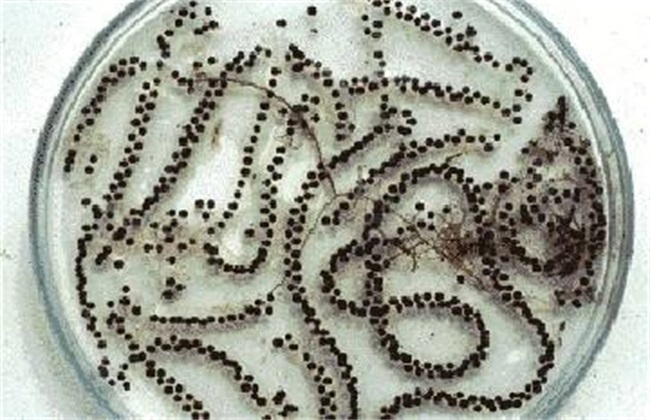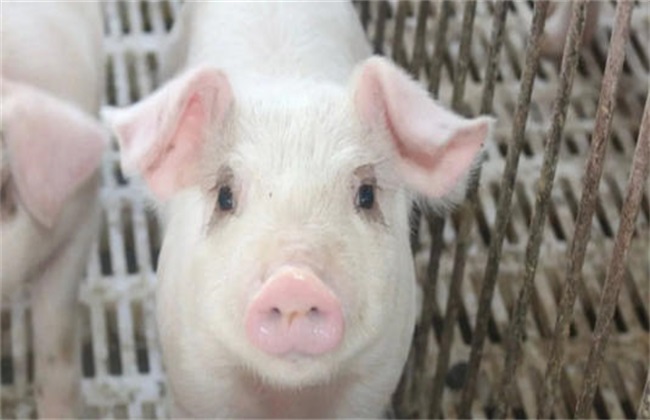How to raise broilers well? Key points of feeding and management of broilers
Chicken is a very popular meat product, and it also has a large breeding area in China. The current market demand for broilers is also very large, but when many people raise broilers, the benefits are not very good. In fact, when we raise broilers, if we want to improve the efficiency of breeding. So if you want to make beds from broilers, then the editor brings you the key points of feeding and management of broilers today. Let's have a look!

1. Temperature
When raising broilers, the temperature should be controlled first, and the temperature should be similar to that of laying hens. About 3 days after brooding, the temperature should be controlled at about 33 degrees. Then, with the passage of time, the temperature is lowered appropriately, generally reducing by about 3 degrees every week. Stop cooling until the temperature drops to about 21 degrees. Temperature control should be carried out according to the situation of the chicken to ensure that the chicken does not open its mouth and do not pile up.
2. Density
The growth rate of broilers is relatively fast, so when raising broilers, we should also pay attention to control the breeding density. The flock of chickens should be evenly distributed in time to ensure that each chicken can eat and drink normally, so as to create a good environment for the rapid growth of broilers. Feeding density should not be too dense, to ensure that each chicken has sufficient growth space, and then to feed full-price feed for broilers, drinking water to properly supplement some vitamins, can improve the anti-stress ability of broilers.
3. Lighting
In the first three days after brooding, it is best to provide all-day light for broilers. Urge the broilers to get through the early stage, and then start on the fourth day, but turn off the lights around 12:00 every night, and turn off the lights for about an hour in the middle of the day. However, it can also be fed normally during the day, and then turn on the lights when feeding feed every night, so that the chickens can become a weight gain cycle of food rest and enhance the growth ability of broilers.
4. Disinfection of chicken coop
In fact, we should do a good job of disinfection before broilers go in and out. Thoroughly disinfect the walls and floors of the house. The main disinfection method should be fumigation and disinfection. Before fumigation and disinfection, the chicken house should be sealed, and then Dex and other disinfectants should be used for fumigation. Traditional fumigation methods such as formaldehyde and potassium permanganate can also be used for disinfection. After disinfection, seal the chicken coop for a day, and then open the window for ventilation.
The above is a brief introduction to the main points of broiler feeding and management. When raising, we should also pay attention to the ventilation of the chicken house and the immune injection of chickens to ensure the normal growth of broilers. That's all for today's introduction. This article is for reference only. I hope it can help you all.
Related
- On the eggshell is a badge full of pride. British Poultry Egg Market and Consumer observation
- British study: 72% of Britons are willing to buy native eggs raised by insects
- Guidelines for friendly egg production revised the increase of space in chicken sheds can not be forced to change feathers and lay eggs.
- Risk of delay in customs clearance Australia suspends lobster exports to China
- Pig semen-the Vector of virus Transmission (4)
- Pig semen-the Vector of virus Transmission (3)
- Five common causes of difficult control of classical swine fever in clinic and their countermeasures
- Foot-and-mouth disease is the most effective way to prevent it!
- PED is the number one killer of piglets and has to be guarded against in autumn and winter.
- What is "yellow fat pig"? Have you ever heard the pig collector talk about "yellow fat pig"?



